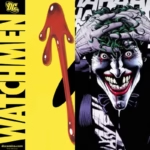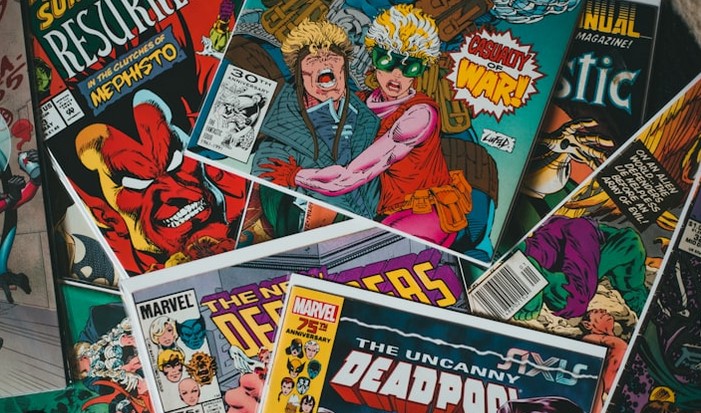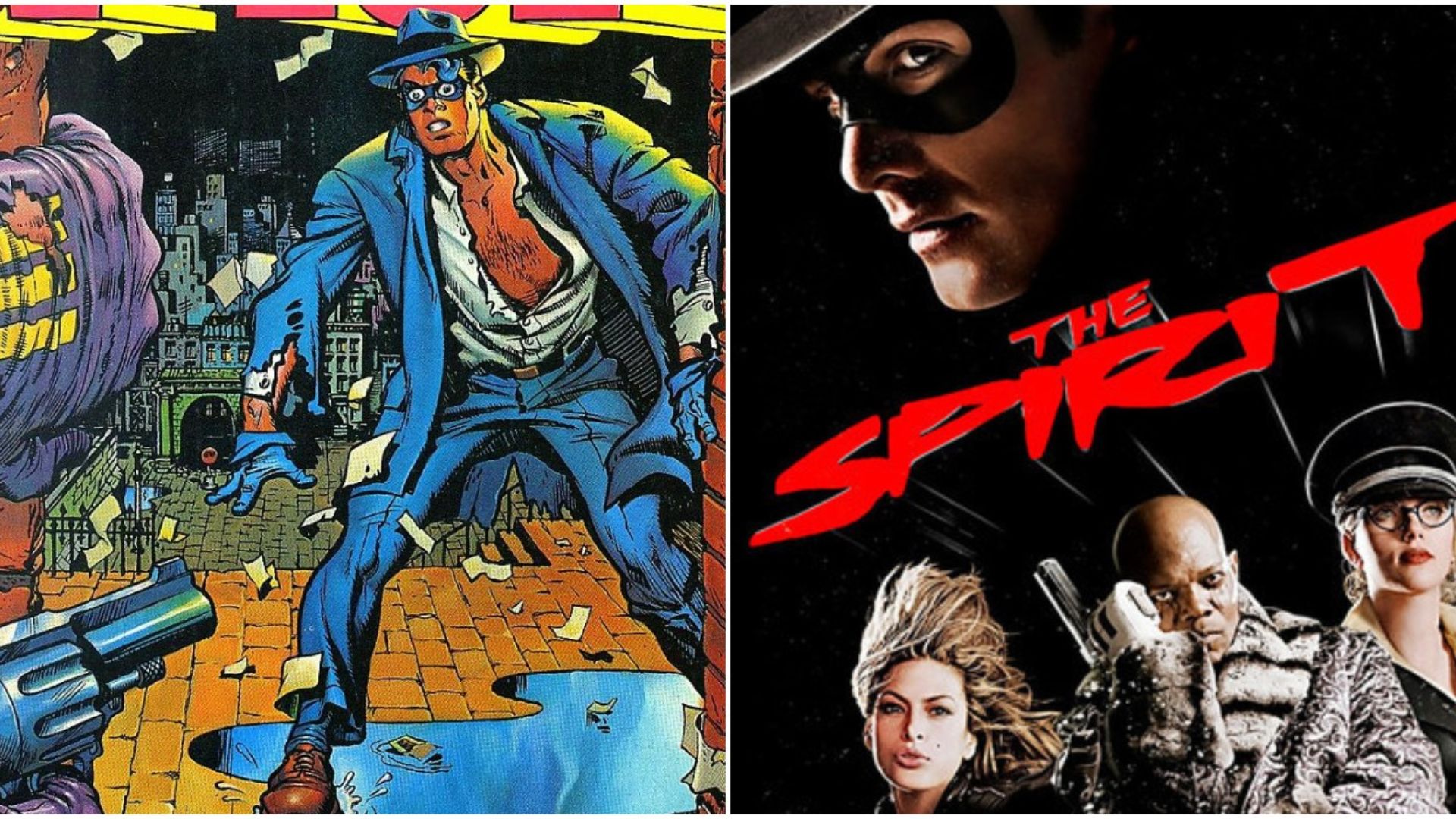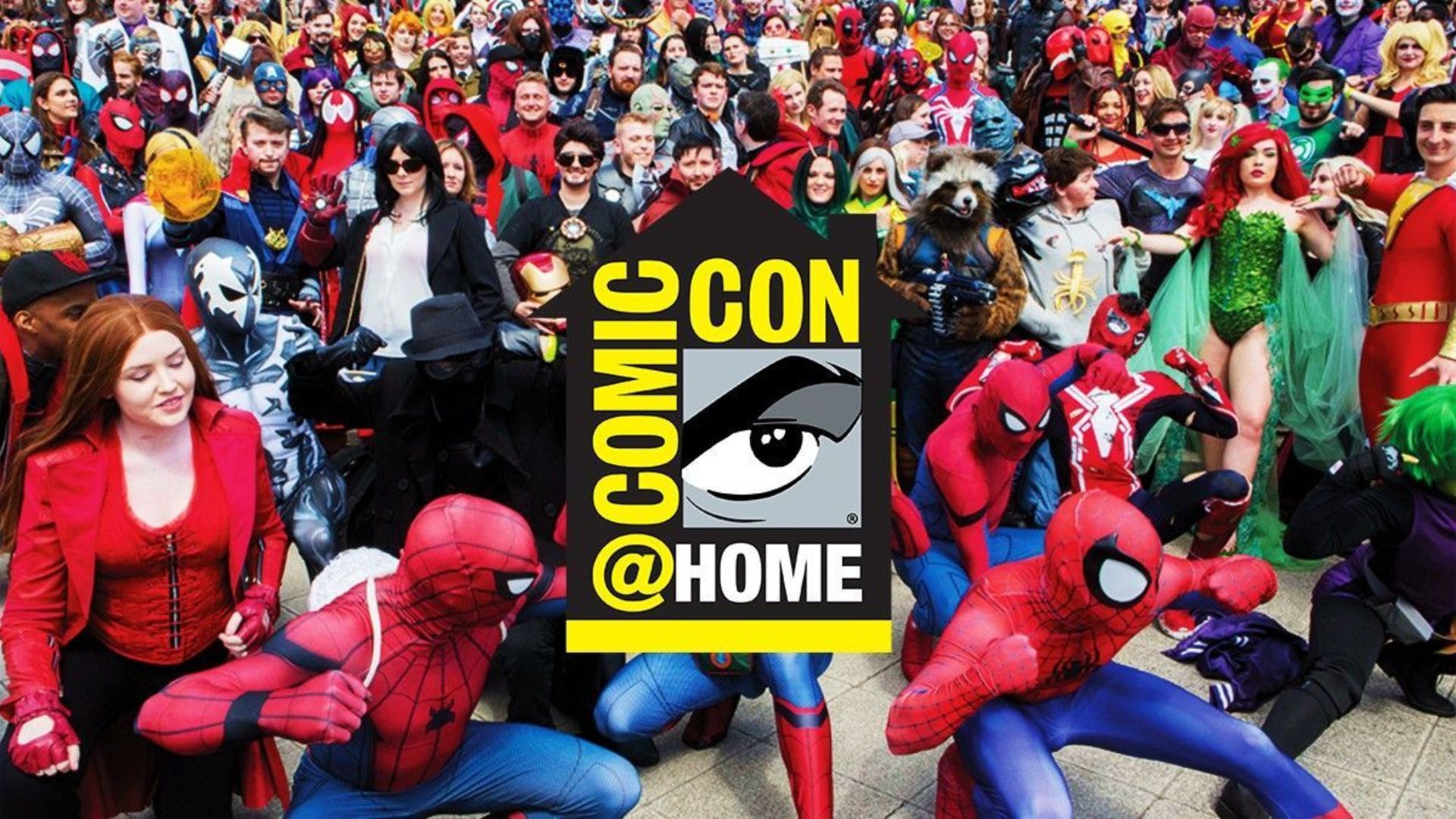Comic book storytelling has come a long way since its origins in the early 20th century. What started as simple, entertaining tales for children has evolved into a complex and multifaceted form of narrative art that resonates with audiences of all ages. Over the decades, comic books have embraced various genres, themes, and techniques, becoming a powerful medium for storytelling. This post explores the evolution of comic book storytelling and how it has shaped both the industry and popular culture.
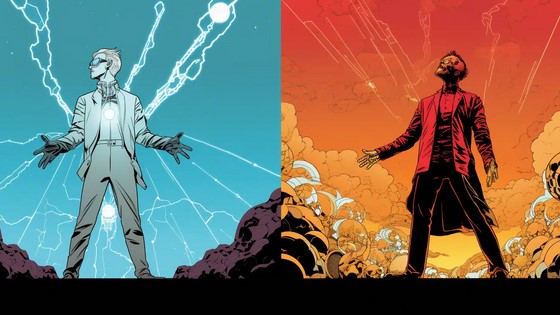
Early Days: Simplicity and Adventure
Comic book storytelling began in the 1930s with characters like Superman and Batman, who emerged as larger-than-life heroes fighting crime and injustice. Early comic books were simple in nature, often following a straightforward hero-versus-villain format. These stories were aimed at a young audience, so they focused heavily on action and adventure. Characters like Superman, created by Jerry Siegel and Joe Shuster, represented ideals of truth and justice, and their stories were filled with colorful, imaginative plots.
The stories were often uncomplicated, with clear distinctions between good and evil. The heroes were always the ultimate champions of justice, and the villains were easily identifiable. Despite their simplicity, these early comics were groundbreaking, introducing a new form of entertainment that would go on to shape the future of storytelling.
The Silver Age: Expanding Themes and Deeper Characters
In the 1950s and 1960s, the comic book industry entered what is known as the Silver Age. During this time, the genre expanded, and the stories began to incorporate more complex themes and characters. This era saw the birth of iconic superheroes such as Spider-Man, the X-Men, and the Fantastic Four. These characters were not just crime fighters but also had relatable personal struggles, insecurities, and flaws.
The creation of Spider-Man by Stan Lee and Steve Ditko marked a turning point in comic book storytelling. Unlike earlier heroes, Peter Parker was a teenager dealing with typical teenage problems, such as school, relationships, and balancing his superhero duties. This added a layer of depth to the character and made him more relatable to readers. The Silver Age brought about a shift in comic book storytelling, emphasizing character development and personal conflict alongside action.
The Bronze Age: Real-World Issues and Social Commentary
The Bronze Age of comics, which began in the 1970s, marked another shift in storytelling. Writers and artists began to tackle real-world issues, using comic books as a platform to comment on social, political, and cultural matters. Characters like Green Lantern and Green Arrow took on topics such as drug addiction, poverty, and racism. These stories resonated with readers on a deeper level, as they reflected the struggles of everyday life.
The Bronze Age also saw the rise of antiheroes and morally ambiguous characters. Heroes were no longer portrayed as purely virtuous, and villains were often given more complexity and depth. This period marked a departure from the black-and-white morality of earlier comics, introducing a more nuanced view of good and evil. This evolution in storytelling paved the way for more mature and thought-provoking narratives in the comic book world.
The Modern Age: Darker, Complex Narratives
By the 1980s and 1990s, comic book storytelling had entered the Modern Age, characterized by darker, more complex narratives. Writers like Frank Miller, Alan Moore, and Grant Morrison pushed the boundaries of the medium, introducing darker tones and intricate plots. Frank Miller’s The Dark Knight Returns redefined Batman as a grizzled, aging hero, and Alan Moore’s Watchmen deconstructed the superhero genre, questioning the morality of vigilantes and the impact of superpowers on society.
The stories of this era delved into themes of power, corruption, and identity. Characters became more psychologically complex, and the lines between hero and villain were often blurred. Graphic violence, mature themes, and existential questions became more prevalent in mainstream comics. This era also saw the rise of independent comics, which allowed creators more freedom to explore unconventional narratives and art styles.
The Digital Age: New Platforms and Global Reach
In recent years, comic book storytelling has continued to evolve, with the rise of digital comics and webcomics opening up new possibilities for creators. Digital platforms like ComiXology have allowed readers to access comics from all over the world, while webcomics have given independent creators a chance to share their work without the need for traditional publishing. This has democratized the medium, allowing a diverse range of voices and styles to flourish.
The digital age has also brought new storytelling techniques, such as interactive comics and multimedia formats that incorporate animation and sound. As the industry embraces these new technologies, comic book storytelling continues to innovate and reach new audiences. At the same time, traditional print comics still hold a special place in the hearts of collectors and readers.
Conclusion
In conclusion, comic book storytelling has undergone significant changes over the decades, from its humble beginnings in the 1930s to its current status as a dynamic and influential medium. From simple adventures to complex narratives tackling social issues, comics have evolved into a form of storytelling that reflects the changing values of society. As new technologies continue to shape the industry, comic books will undoubtedly keep evolving, offering fresh and exciting ways to tell stories. The future of comic book storytelling looks brighter than ever, with endless possibilities for innovation and creativity.


